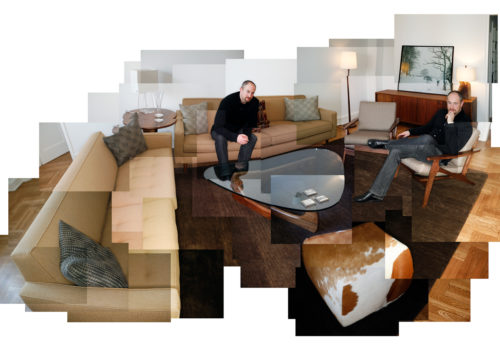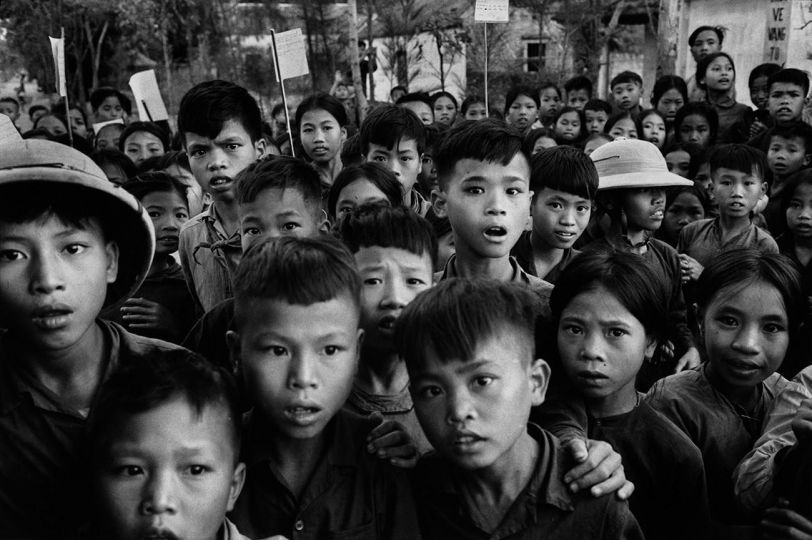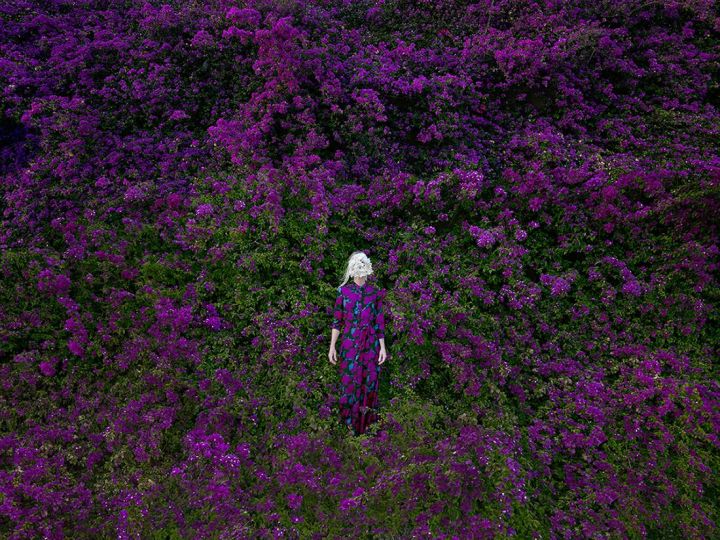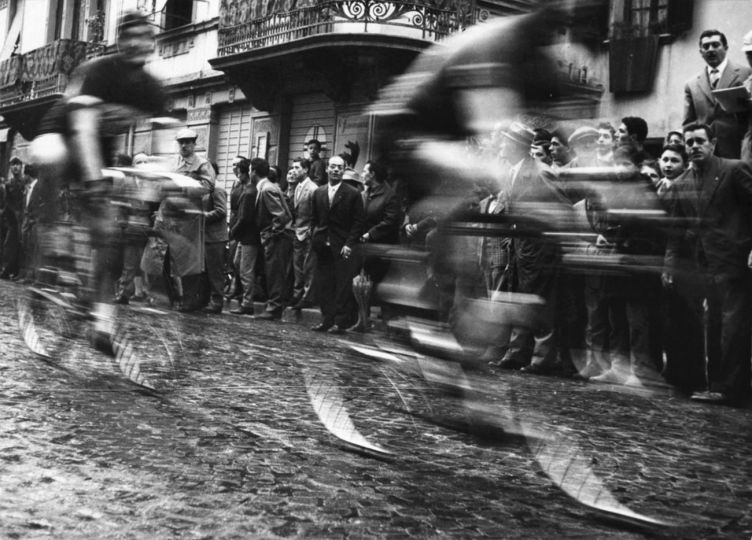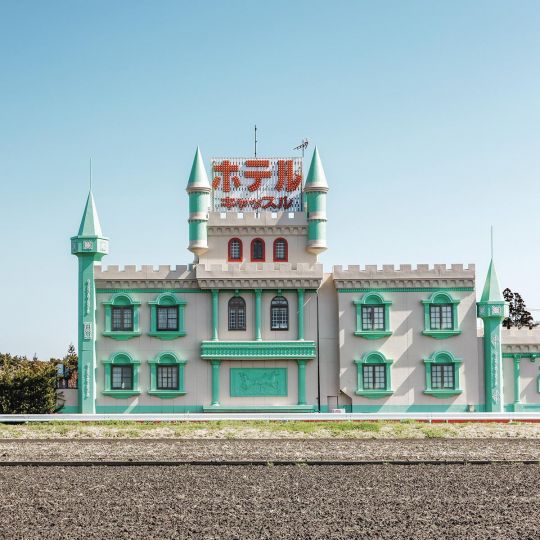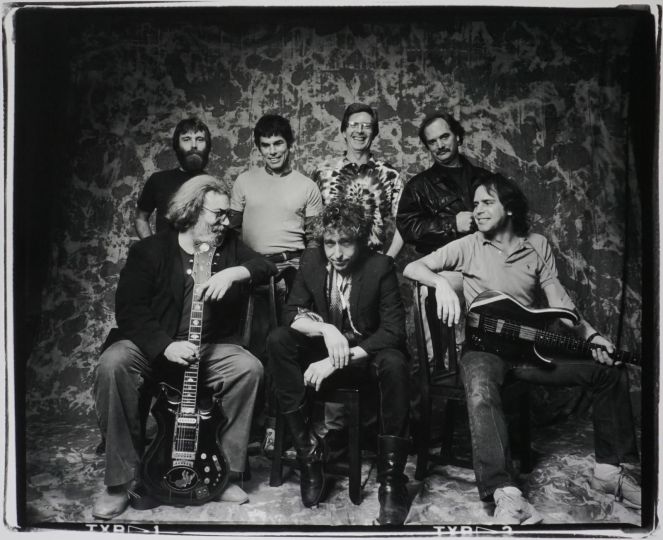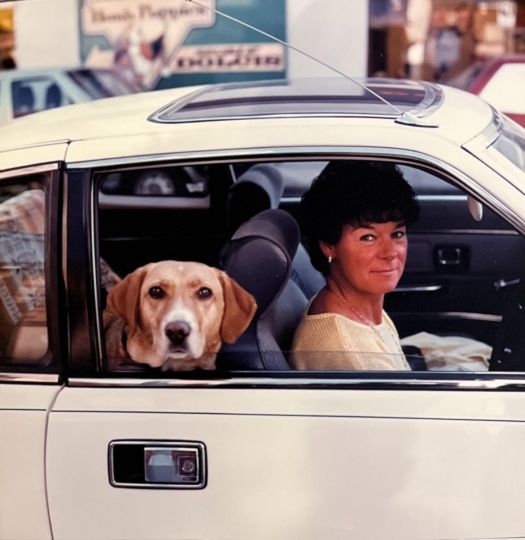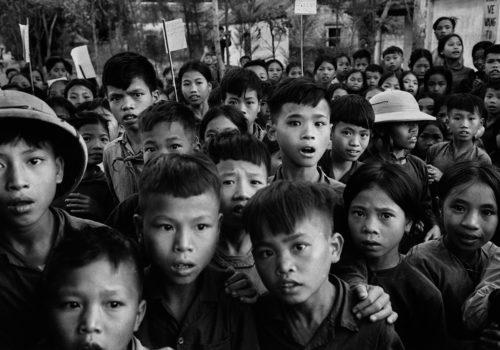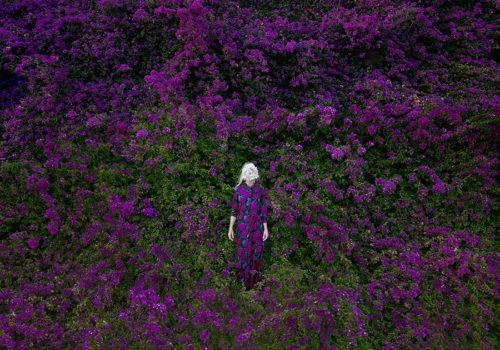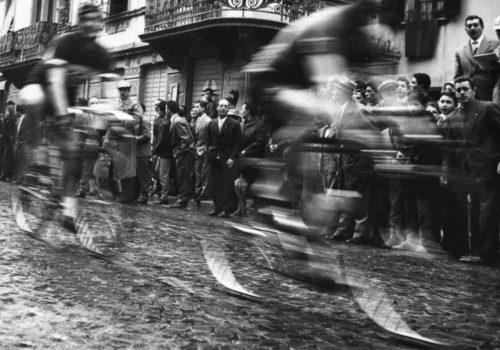1. How and when did you begin collecting? What was the first photograph you bought?
I probably started seriously in collecting in 1996 when I was successful at my first auction at Christies. I have been interested in photography as long as I can remember, participating in the camera club in school and learning how to develop my own photographs. Moving to New York led to opportunities to learn more about photography, visiting galleries and exploring the market.
The first photograph in collection is by William Claxton of the Black Humorist Poet Terry Southern. The image is from the exhibition Photographs of Peace and shows him releasing a dove. This was followed a few minutes later by the photograph by the Argentinean Photographer of the Pope’s Foot. This photograph is very interesting in that it seems as if printed on holy parchment and on closer inspection one can see the Pope’s characteristic Prada slippers.
2. What do you consider your first real success in collecting? Your biggest failure? What is your prize?
For some time I had researched the photography of Irving Penn. Learning about the breath of his work and the methods he used to create his masterpieces. At the time I first really appreciated his work his fashion photographs where already highly prized and so it was to ethnographic work that I focused. In particular I started looking at his Small Trades series and so when opportunity arose I decided to bid on the Tree Pruner from this series of work at Sotheby’s. This was nearly ten years before the Getty Museum had their exhibition of the entire Small Trades series. The three Small Trades photographs represent to me one of the cornerstones of the collection. They have been constantly on display in my apartment and I never tire of looking at them. They are as time capsules and remain fresh and appealing even though sixty years has passed since the original portraits where shot for Vogue.
In terms of failures there are many photographs that got away so to speak, at auction a certain discipline is required and I always set myself a maximum bid before the start of the auction, as it is all too easy to get caught up in the frenzy of bidding. On many occasions I have been the under bidder at the auction, this is frustrating as in many cases I may have just missed getting the photograph and in the second I have set the final price. I try not to dwell on these photographs, as there are many other opportunities out there. If one photograph is not to be then something else usually comes along. At any one time I could be looking at a dozen photographs for the collection. Also invariably if I’m unsuccessful with one photograph, there will be an opportunity to acquire the photograph from a dealer or at another auction in the future.
3. What is your concentration or theme in collecting now, if any?
Currently part of collection is being currently being exhibited at the Glucksman Gallery in Cork, Ireland after the initial exhibition of the collection at the Irish Museum of Modern Art last year. The title of both exhibitions is Out of the Dark Room and represented a concept in collecting that I hold closely to, namely Out of the Dark. The idea that nothing is exactly as it appears to be. The idea behind the image literally comes out of the dark. At first an image is considered on its surface, but under closer inspection additional insight and meaning can be gained and then the back-story is further revealed. An image to me must initially be pleasing on the eye and then the layers of meaning can be discerned with deeper inspection, as such to come out of the dark.
4. What is your approach? Do you go on instinct? Do you buy from galleries, dealers, auctions and/or directly from the artist?
In the beginning I tended to collect more based on what I would see by chance like the photographs coming up for the next auction. Over time however, ideas and themes have developed within the collection and now I approach collecting looking into those themes and how the next photograph adds to these dialogues. For example, I tend to go for more graphic photographs where the image is reduced to its simplest form and perhaps where a minimalist approach has been taken. As a pediatrician I have tended towards photographs of children, which forms a prominent section within the collection and more recently photographs with Ireland as the subject matter.
I have bought photographs from all sources: galleries, dealers, auctions, and on a few occasions I have bought directly from the artist. Early on I even bought photographs on eBay!
5. Is there any other photography collector you especially admire?
Photography collecting is a relatively new phenomenon. The collection of Samuel Wagstaff is key to photography collecting. He recognized the importance of photography as a collecting medium in the early 1970s and went on to build one of the seminal collections before anybody really knew its importance. His collection of course went on to to form the cornerstone of the Getty Museum’s magnificent photography collection.
6. Is the idea of collecting vintage work important to you?
I guess that really depends on the photographer and really becomes a judgment of many considerations. In general vintage work or contemporaneous prints are printed close to the date of the original negative and most closely represent the artists original intent for the photograph, but for many photographers their later prints more closely represent their final statement on the work, for instance Ansel Adams’s Moonrise, Hernandez was printed by him differently over time. In the later prints he managed to remove almost all traces of cloud cover around the moon, which makes the moon really pop in later prints. One of the problems with modern prints these days as certain processes and papers are no longer being made is it is becoming impossible to reproduce a print that can match the original photograph.
In general if one could judge merely by aesthetics a vintage print would be preferrable as long as it is in good condition. However, modern prints which are very close to the original work are generally more affordable. Sometimes it may be preferable to have a good modern print than none at all; again a judgment call.
7. How important is investment potential versus esthetic pleasure in choosing what to buy?
The potential for investment is less a concern at this point, as I have no plans to sell the collection. Instead I am more concerned about the rapid rise in prices attained for certain photographs that has pushed them out of my budget. On the flip side it does vindicate my early decisions.
8. If there is one picture you would like to buy but haven’t been able to, what would that be?
I would have to say that there are many photographs that I would like to have in the collection. The most recent one that comes to mind was a photograph from last year’s Hiroshi Sugimoto exhibition at Pace Gallery. A large format print from his seascape series was particularly compelling. The photograph in question was taken from the Cliffs of Moher, Ireland, and reveals his typical seascape, this time looking over the Atlantic Ocean, in essence a remembrance and time capsule of Ireland.

